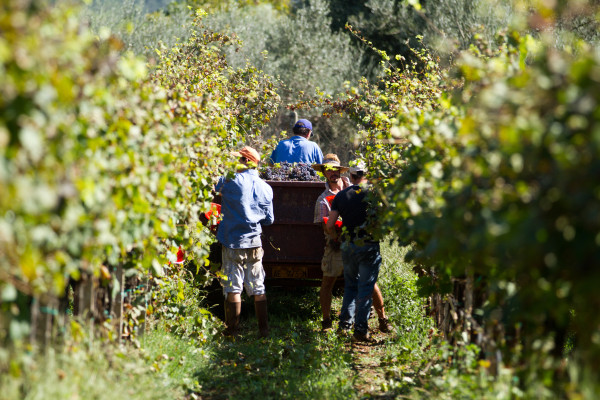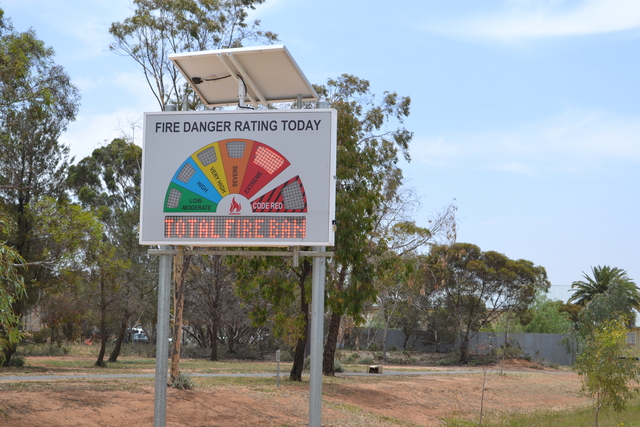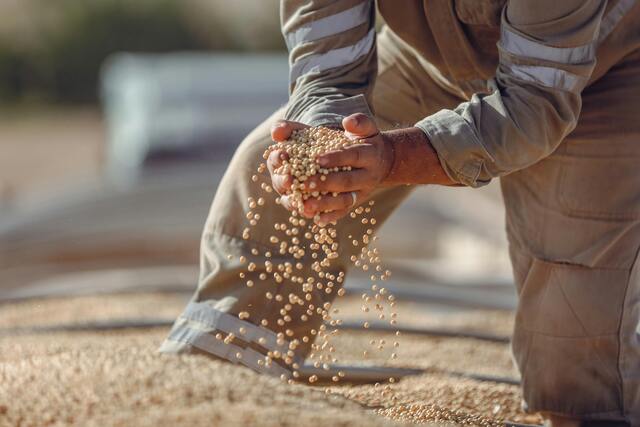A MINIMUM wage for horticulture workers has come at “the right time” as cost-of-living pressures rise, says one seasonal worker, following the start of a wage guarantee for pieceworkers on Thursday.
The Fair Work Commission finalised changes to the horticulture award – which now guarantees a minimum hourly wage of $20.33 per hour for full or part-time employees and $25.41 for casual horticulture workers – in February.
While an hourly rate is now legislated, seasonal workers can still earn piece rates.
If workers’ productivity indicates they would earn higher wages on piece rates, they must be paid the higher amount.
The minimum piece rate works out to at least 15 per cent above the minimum hourly rate, which means $23.38 per hour for full or part-time workers and $29.22 per hour for casuals. Data from the Australian Bureau of Agricultural and Resource Economics and Sciences (ABARES) in 2020-21 found about two-thirds of workers (67 per cent) used on horticulture farms were primarily paid by an hourly wage, while 33 per cent were paid using piece rates.
Employers now must provide a written and signed piecework record to workers before they start work and record all hours worked, including under piecework rates, and provide those documents to employees on request.
Mahani, who asked to keep her last name private for safety reasons, welcomed the change in pay rates and said on bad days she would be able to earn only $50 to $60 on piecework rates for a full day’s work.
She said the change would be “fair for all workers” and was “helpful” as workers dealt with rising cost-of-living pressures.
Mahani said she did not agree with concerns that workers would be incentivised to work slower now a wage guarantee was in place.
“We have supervisors who watch us work,” Mahani said.
“If we work slow, they push us to work faster and if we are not fast enough, they will not hire us.”
Mahani, who is a member of the United Workers Union, said she had not learnt about her rights from farmers and contractors she had previously worked with and said there was a need for workers to learn about their rights.
The latest consumer price index showed prices rose in the last quarter of December 2021 for fuel (11 per cent), housing (5.7 per cent) and food and vegetables (6.6 per cent). Sunraysia Mallee Ethnic Communities Council (SMECC) pastoral care coordinator Corey Iredale welcomed the change and said the new rate could incentivise more people to work in the industry.
“It’s a great opportunity to protect the integrity of income of seasonal workers and allows people to earn more money based on their output,” Mr Iredale said.
“The harder you work the more you make.
“Although it may cost the grower more in wages, it provides him an opportunity to get a larger percentage of his crop picked.”







